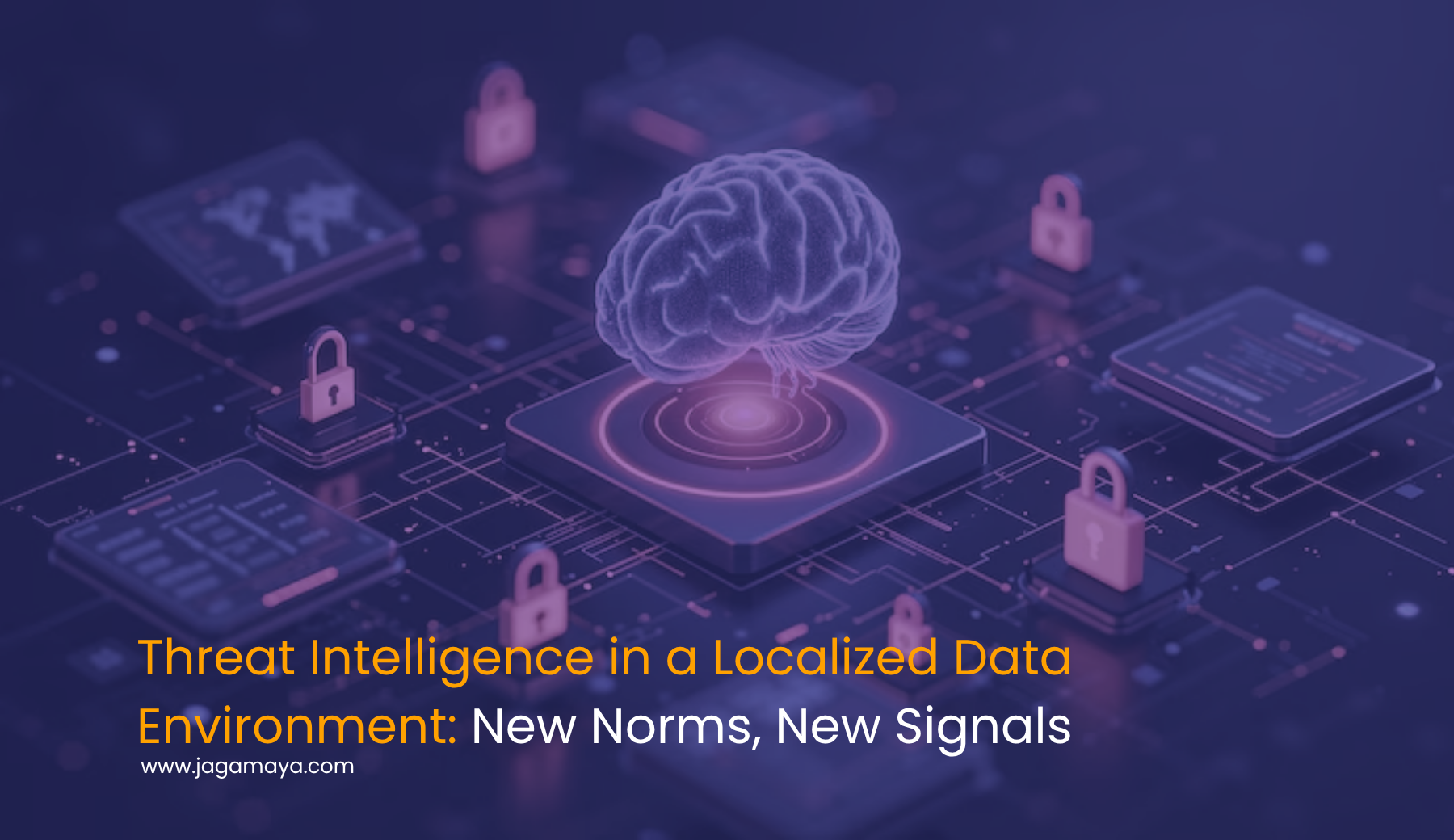In today’s data-sovereignty era, threat intelligence is evolving rapidly—shifting from global feeds to locally-tailored insights that understand regional context, regulatory demands, and unique threat landscapes.
1. From Global Threat Feeds to Local Context
Traditional threat intelligence platforms rely on global IoC lists (IP addresses, file hashes), but these are often irrelevant or outdated in localized contexts. In sovereign environments like Indonesia or Vietnam, regional threat activity—such as localized phishing campaigns or nation-state espionage—requires geographically-aware intelligence that conventional global feeds miss. global.ptsecurity.com+15constella.ai+15tripwire.com+15reddit.com
2. AI & Automation Meet Localization
ASEAN countries are pioneering AI-driven threat detection systems tailored to local threat patterns—from phishing campaigns to malware variants. For example, Vietnam’s AI-based monitoring reset thousands of phishing attempts in 2023, and Indonesia has deployed anomaly detection across government networks. These systems prioritize contextual relevance over volume.
3. Identity-Centric Threat Detection
As stolen credentials become a bigger concern than simple IP/IP feed indicators, threat intelligence is turning to identity signals. Tracking credential leaks, monitoring dark-web activity for personal identity leaks, and correlating with login attempts close the gaps left by static IoCs—especially in regulated systems where identity breaches have severe consequences.
4. Balancing Local Compliance and Threat Collaboration
Data localization laws help contain incident response within a jurisdiction, strengthening privacy and oversight—but also fragment intelligence-sharing. Privacy-respecting CTI-sharing models (e.g., blockchain or federated learning systems) are emerging to balance local compliance with cross-border defense collaboration. tripwire.com
Best Practices to Adapt SOC Intelligence
| Strategy | Benefit |
| Region-specific threat feeds | More relevant; fewer false positives |
| Privacy-enhanced intel-sharing | Enables compliance and stronger threat insights |
| Identity-based threat detection | More accurate detection of compromised credentials |
| AI-driven local analytics | Detects local anomalies faster |
Conclusion: Regional Insights, Real Impact
Threat intelligence must now be both geo-aware and privacy-conscious, integrating identity signals, regional indicators, and AI-powered detection. In this localized landscape, SOCs that adapt to new norms—shifting from generic feeds to contextual, identity-informed intelligence—will be the strongest defenders of sovereign data spaces.


Leave a Reply